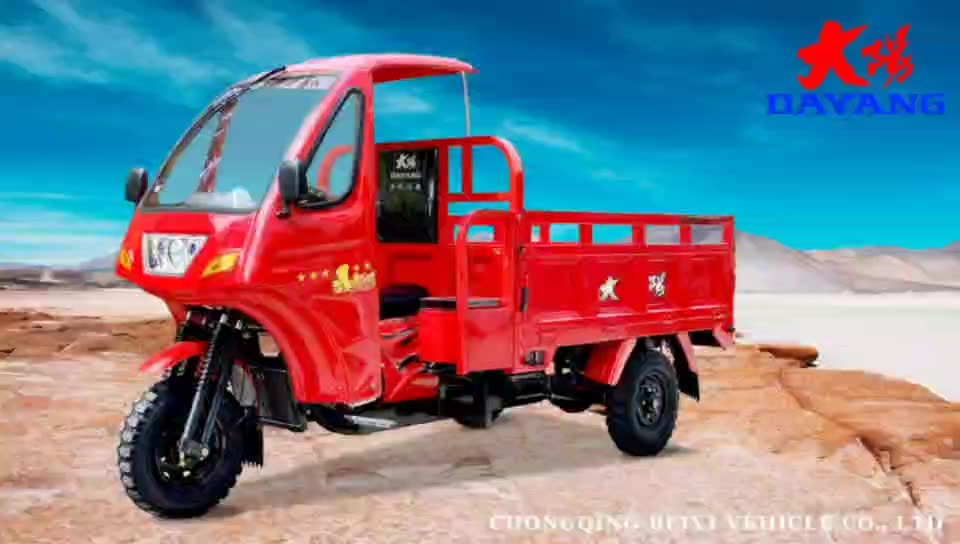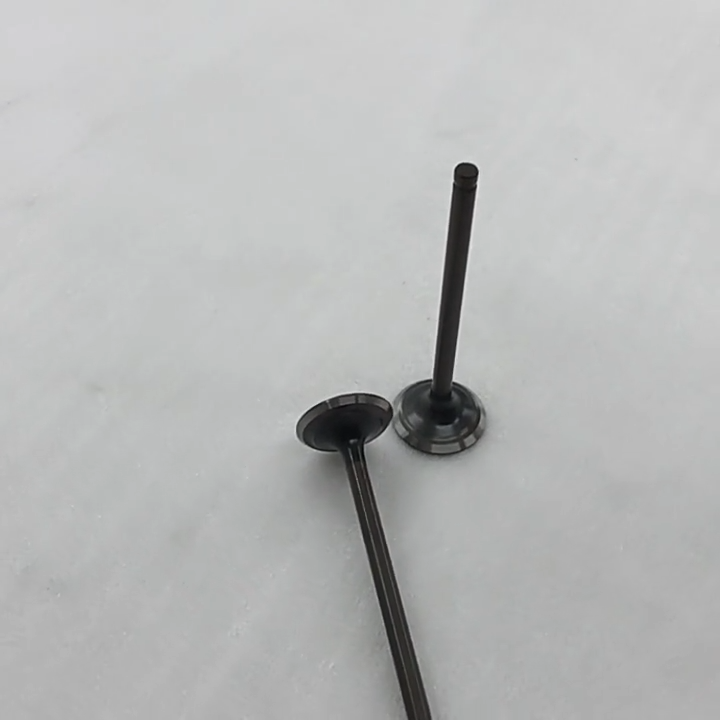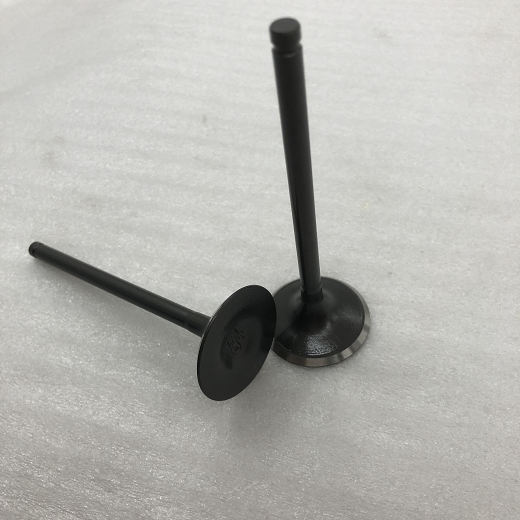manufacturer cheaper 200cc 3 wheel cargo motorcycle tricycle 3 wheel motorcycle
Quick Details
-
Use For:
-
Cargo
-
Driving Type:
-
Motorized
-
Body Type:
-
Open
-
Certification:
-
EEC
-
Power:
-
200 - 250W
-
Voltage:
-
12V
-
Displacement:
-
151 - 200cc
-
Brand Name:
-
DAYANG
-
Place of Origin:
-
Chongqing, China
-
Size:
-
3500*1400*1600mm
-
Engine:
-
200CC Air Cooled
-
Starting System:
-
Electric+kick Start
-
Cargo box size:
-
1800MM*1300MM
-
Color:
-
Golden,Red,Blue,Orange
-
Tyre:
-
5.00-12
-
Loading capacity:
-
1500KG
-
Max speed:
-
65km/h
-
F/R Brake:
-
Drum Brake
-
Transmission:
-
Shaft transmission
-
Battery:
-
12V/9A
_49768.jpg)
_44809.jpg)
_71080.jpg)
Power mechanism
1. Reasonable design of power mechanism distribution and good shock absorption effect.
2. The engine adopts the brand-specific engine, the quality is more reliable, and the power is stronger.
3. Exclusive supply of core components, which is different from engines used in other factories.
4. Engine testing is carried out in strict accordance with quality control standards.
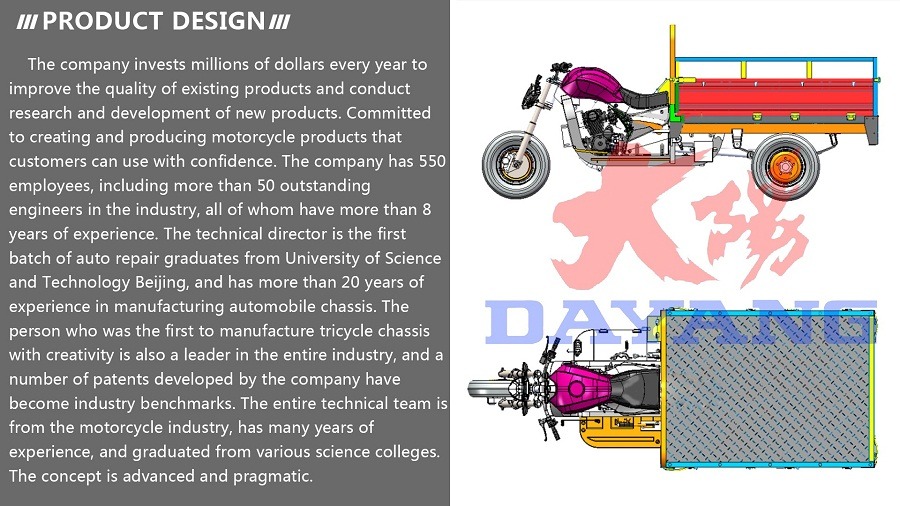
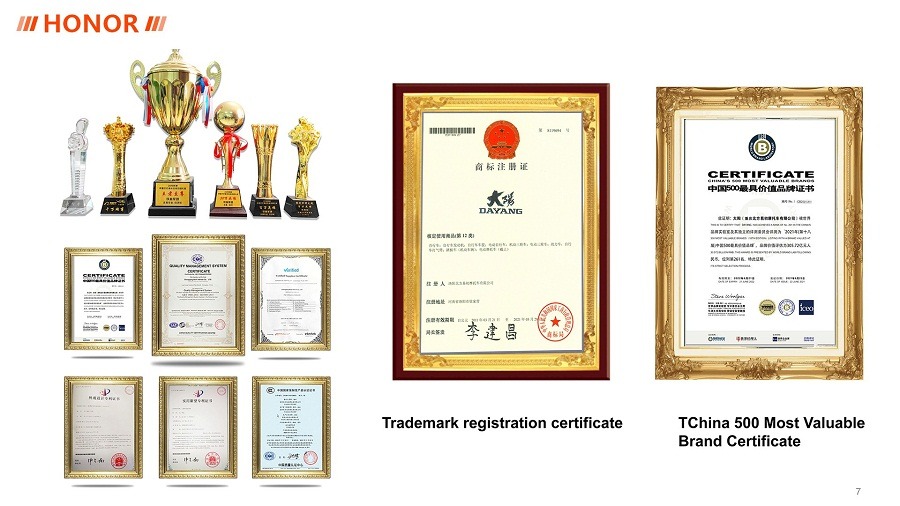

Driving and braking system
①The front and rear brake levers with a diameter of 9.2mm are adopted, the lever deformation is small, and the braking effect is good.
②The solid brake linkage rod has excellent braking effect and is not prone to deformation, avoiding the brake unilateral phenomenon caused by the inconsistent braking effect of the left and right wheels caused by the use of hollow connecting pipes.
③The special brake lever is empty to reduce the loss of force transmission.
④The hand brake adopts the roll brake of the automobile structure, which is easy to operate and has an atmospheric appearance.
⑤Increase the non-slip brake pedal, externally, the force is even during braking, the foot feels good, does not slip, does not change, and has high safety performance.
Under the premise of the aforementioned materials, the brake system ensures the best braking effect in the industry by accurately designing the position of the brake connecting rod, the size of the rocker arm, the size and angle of the brake pedal, and the angle of the rear axle.

_39220.jpg)
_57018.jpg)
_67234.jpg)
_27016.jpg)
